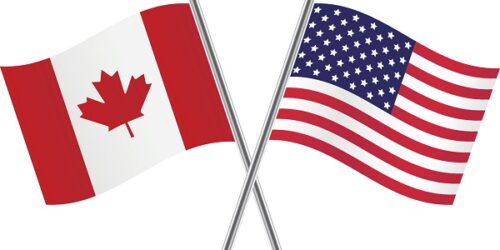International Banking – Bank of Canada Main Functions

Main functions of the Bank of Canada
Canada’s central bank is the Bank of Canada. It’s governed by the Canadian federal government, but it performs its activities independent from any government. Main functions of it include:
1. Financial System
The other area of responsibility for the Bank of Canada is the financial system of the country. Canada’s financial system consists of financial institutions, financial markets; and payments systems. Financial institutions include banks and credit unions. In order to maintain an efficient and stable financial system,
The bank provides central banking services, acts as the resolution authority for financial market infrastructures; helps to develop and implement financial policies. The Bank of Canada’s primary responsibility is to promote the economic and financial welfare of Canada and it ensures such by fostering a stable and efficient financial system (Bank of Canada (Ed.), 2020)
2. Currency (Notes Issuance)
The Bank of Canada is the sole authority in Canada for the design, production and distribution of the country’s bank notes. It is responsible for developing bank notes that are difficult to counterfeit and promoting the deterrence of counterfeiting in partnership with legal authorities (Amadeo, 2020). It focuses on quality from production to distribution to destruction and replacement of bank notes.
3. Monetary Policies
Monetary policies dictate the supply of money circulating in the Canadian economy. We need monetary policies and monitoring authority to preserve the value of our national money and keep the inflation level low and stable. Our country’s monetary policy framework consists of two key components:
a. inflation-control target – The inflation-control target guides the Bank’s decisions on the appropriate setting for the policy interest rate. The day-to-day conduct of monetary policy is the responsibility of the Bank’s Governing Council.
b. flexible exchange rate – The flexible exchange rate allows Canada to achieve the inflation target and pursue an independent monetary policy that is best suited to Canada’s economic circumstances. It provides a buffer for the economy to absorb and adjust to external and internal economic shocks.
4. Funds Management
Last core function of the Bank of Canada is funds management. The bank provides funds-management services to the Government of Canada, itself and other clients. It manages Canada’s public debt programs and foreign exchange reserves (Wealth Management Canada (Ed.), 2020). To reduce risk in the financial system, the Bank of Canada provides payment, settlement and collateral services to financial market infrastructures.
References
Amadeo, K. (2020). Central Banks, Their Functions and Role. Retrieved August 8, 2020, from https://www.thebalance.com/what-is-a-central-bank-definition-function-and-role-3305827
Bank of Canada (Ed.). (2020). Core Functions. Retrieved August 8, 2020, from https://www.bankofcanada.ca/core-functions/
Wealth Management Canada (Ed.). (2020). Important Role that Central Banks Play in Economy. Retrieved August 8, 2020, from https://wealthmanagementcanada.com/blog/important-role-central-banks-play-economy/





